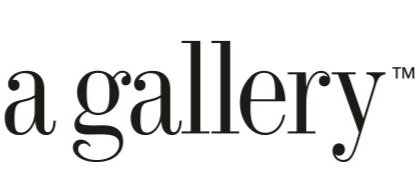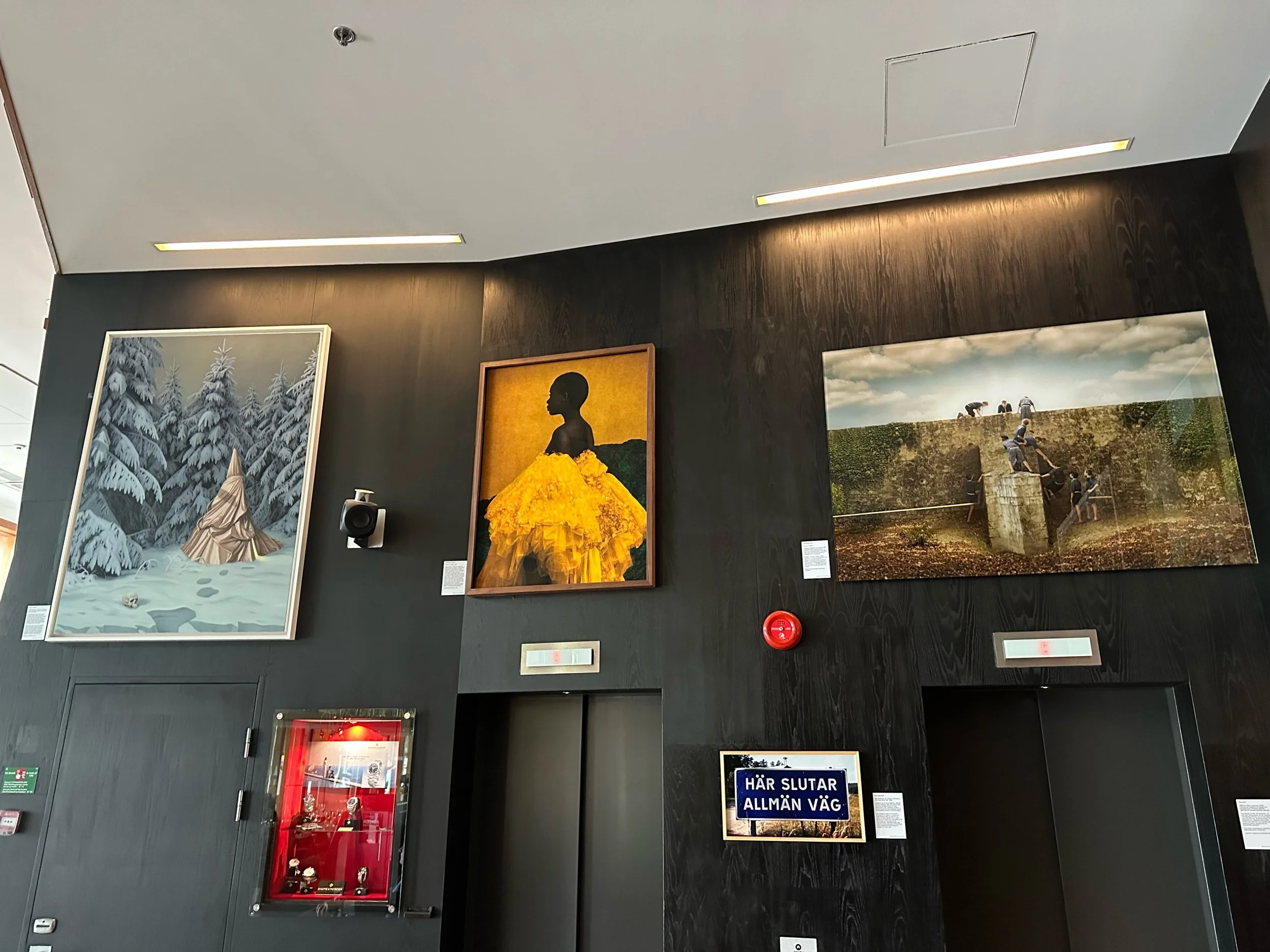Art advisory is a specialized service that offers professional guidance and expertise to individuals, corporations, and institutions interested in building, managing, and enhancing their art collections. Art advisors are knowledgeable art experts who provide valuable insights, research, and advice to clients, helping them make informed decisions within the complex art market.
The primary role of an art advisor is to understand the client's collecting goals, preferences, and budget. Based on this understanding, they curate a selection of artworks that align with the client's vision. Art advisors have extensive knowledge of art history, current art trends, and the art market, allowing them to identify high-quality artworks with potential for appreciation over time.
Additionally, art advisors assist in negotiating prices, conducting due diligence on artworks, and ensuring the authenticity and provenance of pieces. They can also advise on art investment strategies, taking into account market conditions and the client's financial objectives.
Art advisory services extend beyond art acquisition. Advisors may help with art collection management, conservation, cataloging, and even advise on exhibition planning for corporate or private collections. They act as a liaison between the client and the art world, leveraging their network of contacts within galleries, auction houses, and the art community to facilitate the client's goals.
Ultimately, art advisory aims to enhance the collecting experience and provide clients with the confidence and expertise they need to navigate the art world successfully while building a meaningful and valuable art collection.



